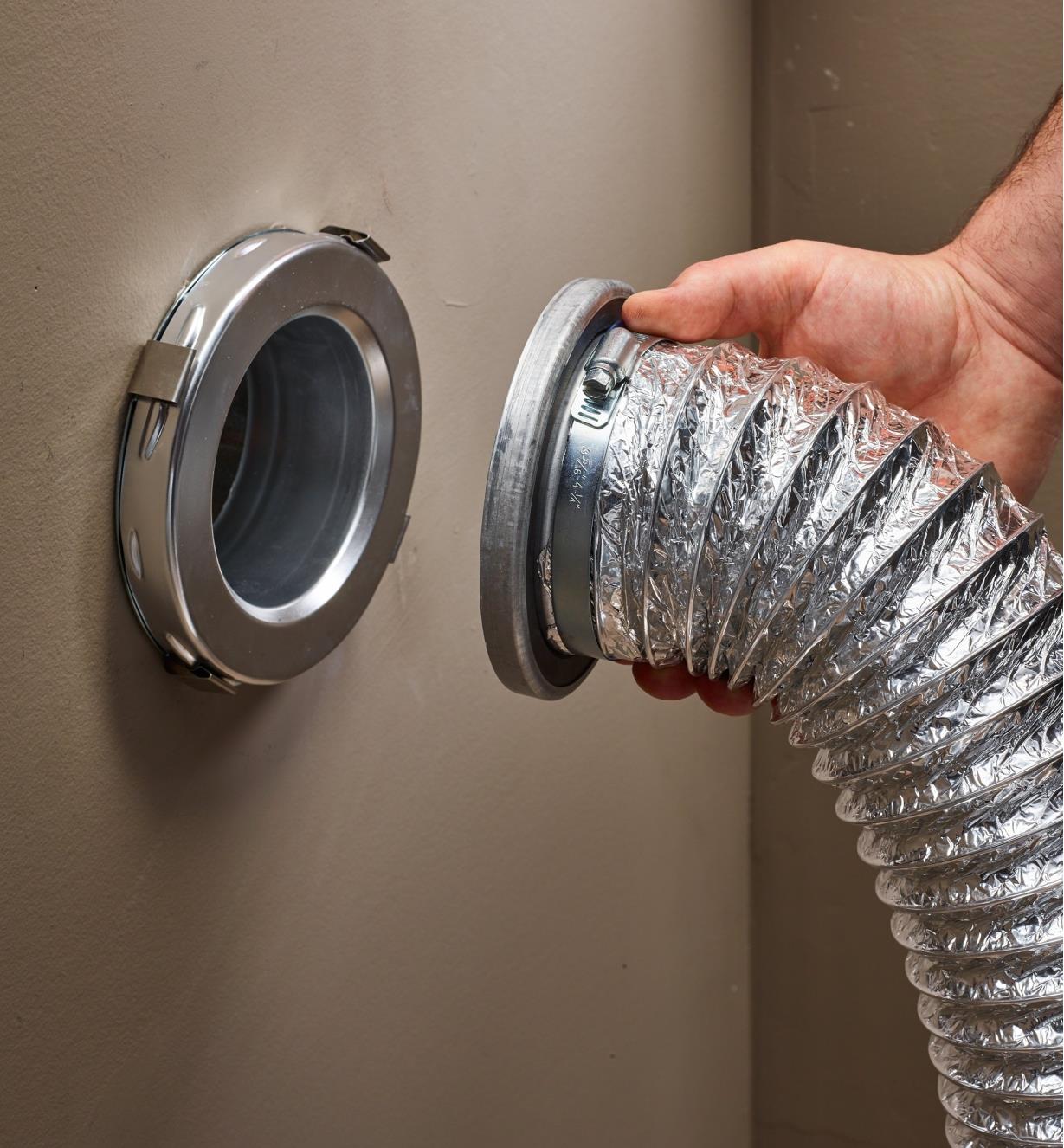Vital Tips for Dryer Duct San Jose Homeowners
Vital Tips for Dryer Duct San Jose Homeowners
Blog Article
Discovering the Health And Wellness Risks Connected With Neglecting Garments Dryer Duct Upkeep
The maintenance of garments dryer ducts is often neglected, yet it plays an essential function in guaranteeing both security and health and wellness within the home. This conversation will certainly analyze the frequently underappreciated repercussions of neglecting dryer air duct maintenance, highlighting the elaborate links in between air duct treatment, respiratory health and wellness, and total well-being.
Understanding Dryer Duct Function

The materials used for clothes dryer ducts differ, with alternatives consisting of versatile aluminum, rigid metal, and semi-rigid steel. Each kind has its benefits, yet it is vital to choose an air duct that meets security criteria and is ideal for the particular clothes dryer version. The installation of dryer air ducts have to be carried out correctly, with minimal bends and a smooth interior surface area to enable for unimpeded air flow. Normal maintenance and examination of dryer air ducts are vital to guarantee they continue to be free from blockages, such as lint buildup or foreign objects, which can impair their feature. Comprehending the significance of clothes dryer air duct feature is important for maintaining clothes dryer efficiency and preventing potential hazards.
Wellness Dangers of Lint Buildup
Disregarding clothes dryer duct maintenance can result in significant wellness risks as a result of the buildup of dust within the system. Lint, made up of small fibers from apparel, can collect in the clothes dryer duct and create an atmosphere conducive to mold and mildew and mold development. When moisture is caught alongside this build-up, it cultivates the expansion of hazardous microorganisms and irritants, which can subsequently be launched right into the indoor air.

Inhalation of these impurities presents breathing risks, especially for individuals with asthma, allergic reactions, or jeopardized body immune systems (dryer duct san jose). Signs may consist of coughing, wheezing, and exacerbated sensitive responses, bring about lowered total health and wellness. Additionally, the existence of mold and mildew spores can trigger persistent sinus problems and various other respiratory conditions
Furthermore, lint accumulation can block proper air movement, causing the dryer to function inefficiently. Regular upkeep of dryer air ducts is crucial to mitigate these wellness dangers, ensuring both security and ideal efficiency of the appliance.

Fire Risks From Neglect
A property owner's oversight in keeping dryer ducts can present major fire hazards as a result of the highly combustible nature of collected lint. When dryer dust accumulates within the ductwork, it produces a flammable material that can fire up from the warm created throughout the drying cycle. The National Fire Security Organization (NFPA) reports that failure to clean dryer vents is among the leading sources of domestic fires, highlighting the important demand for routine maintenance.
As dust builds up, it limits air movement, triggering the clothes dryer to function more challenging and operate at greater temperatures. This getting too hot can lead to ignition of the lint, presenting a significant risk not just to the clothes dryer itself but also to the whole home. The risk of fire boosts if the clothes dryer is left neglected while running or if it is operated with a malfunctioning or damaged air duct system.
To alleviate these threats, home owners should arrange regular assessments and cleanings of their clothes dryer air ducts. Investing in specialist maintenance solutions can make sure correct air movement and significantly reduce the threat of dryer-related fires, securing both home and lives. Regular alertness is essential in preventing these possibly devastating occurrences.
Influence On Indoor Air Quality
Many property owners may not realize that overlooking dryer air duct upkeep can significantly affect interior air high quality. When clothes dryer air ducts are blocked with lint and debris, they develop a breeding place for mold and mildew and germs. The build-up of these impurities can result in the release of harmful bits right into the air, presenting health risks to occupants.
Moreover, restricted air movement in the dryer can cause boosted humidity degrees within the home. Elevated moisture levels can intensify allergies and respiratory system issues, particularly for people with preexisting problems such as bronchial asthma. The visibility of mold spores and various other irritants can distribute through the HVAC system, additional diminishing indoor Recommended Reading air high quality.
In enhancement to biological impurities, the build-up of dust can also contribute to unpredictable review organic compounds (VOCs) being released into the air. These substances can stem from the dryer itself or from the materials in the home, resulting in a variety of symptoms including headaches, lightheadedness, and irritability of the eyes, nose, and throat.
Normal upkeep of dryer ducts is vital not just for protecting against fire risks however also for advertising a healthier living environment by ensuring optimal indoor air high quality.
Upkeep Tips for Safety And Security
Routine upkeep of clothes dryer ducts is important for making sure safety in the home. Blocked clothes dryer vents can lead to getting too hot and position a significant fire threat.
Every 6 months, examine the clothes dryer ductwork and air vent for dust buildup, utilizing a vacuum cleaner or a dust brush to remove any kind of obstructions. Furthermore, ensure that the duct is appropriately mounted and made from non-combustible product, such as aluminum or inflexible steel, instead of plastic or vinyl, which can easily spark.
Think about scheduling a specialist assessment and cleansing yearly, specifically if you regularly utilize the dryer or have a huge family. Check for any type of More Help signs of damages or wear, such as kinks or openings in the air duct, which can also impede air flow and rise fire threat.
Verdict
In final thought, ignoring clothes dryer air duct maintenance presents considerable health and wellness risks, including breathing problems and allergies due to lint and moisture build-up. Furthermore, blocked airflow adds to heightened humidity levels, further wearing away indoor air top quality. The possibility for fire risks related to dust accumulation underscores the significance of normal evaluations and cleanings. Prioritizing clothes dryer duct maintenance is crucial for ensuring a safe and healthy and balanced living atmosphere, therefore advertising total well-being within property areas.
Clothes dryer air ducts play a vital role in the efficient operation of clothes dryers by helping with the risk-free expulsion of hot air and wetness produced during the drying out procedure. Properly working clothes dryer ducts make sure that the clothes dryer operates at optimum effectiveness, decreasing drying out times and power prices.
Understanding the value of dryer duct feature is vital for preserving clothes dryer efficiency and avoiding potential dangers.
Neglecting clothes dryer air duct maintenance can lead to significant wellness dangers due to the buildup of lint within the system - dryer duct san jose.In conclusion, overlooking garments dryer duct maintenance presents significant health and wellness dangers, including respiratory concerns and sensitive reactions due to lint and moisture accumulation
Report this page